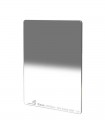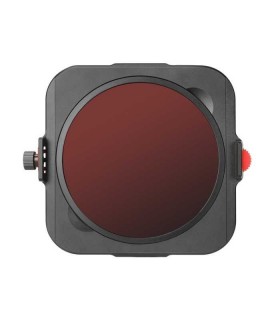- 95mm magnetic polarizer
- Includes 4 rings 67, 72, (77.82 magnetic)
- Made of high quality aluminum
- Two frames included (100x100 and 100x150)
- Matte finish on all surfaces to avoid flares.
- Plastic cap
- Filters with magnetic frame for Armour holder
- Ultra Low Color Cast, Ultra Low Reflection
- No Vignetting
- High Definition
- Nano Coating on Both Sides, Water & Oil Repellent
- Environmental Optical Lens glass(H-K9L)
Graduated Neutral Density (or GND) filters produce a gray neutral effect in a portion of the image and are used to reduce light in a specific area of the photograph, this allows the exposure to be compensated by equalizing areas with different luminosities, a clear example we have it in photographs in the sea where the photo will come out with a very bright sky and dark sand due to the difference in light between the two areas.
Depending on the density of the filter (steps) we will be able to equalize the two portions of the image that have different luminosity, simply by measuring with the photometer of the camera we will know what difference in light we have between the two zones, as a reference the most standard filter is that of 3 steps (ND8), in the north of Spain the most used gradient is 2 steps (ND4), as it is the softest light intensity and in areas such as Valencia, 4-step gradients (ND16) are usually used.
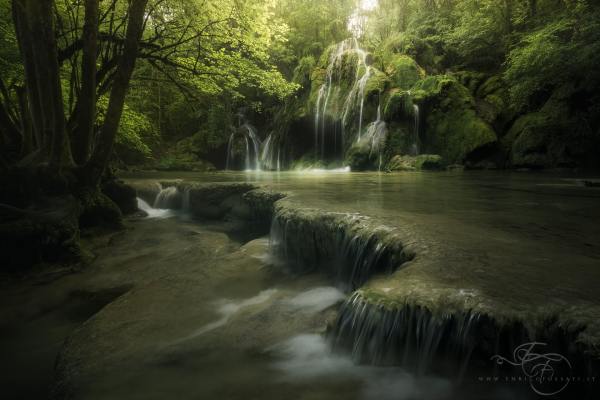
Foto: Enrico Fossati
GRADIENT FILTER TRANSITIONS
Depending on the composition of the image we will need one gradient or another since KASE has different transitions for each situation, the available models are:
-
Soft: The filter gradient is soft and the transition is almost imperceptible. It is used in occasions where the horizon does not occupy much of the scene and we have objects within the same axis of the horizon, for example rocks, boats, trees, etc. In this situation the gradient has to be very smooth so that the transition on these objects.
-
Medium: The darkest part covers a little over a third of the image with a smooth transition at the end. It is the degraded filter par excellence, the most versatile and necessary in landscape photography because it has the qualities of Soft but with the longest dark initial part allowing its use in almost all possible scenarios.
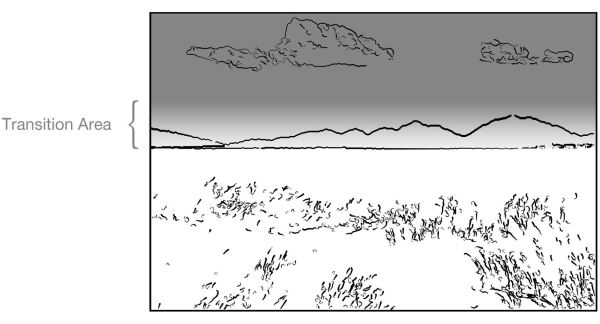
-
Hard: The transition is hard and marked with a small gradient at the end, it is used in situations where the horizon is clean and marked, without any type of object on the horizon.
-
Reverse: Many people who are new to the world of filters do not consider it a gradient, but it is, the darkest part is in the center of the filter degrading towards the two ends in a smooth way. This filter is used to cover the sun at sunrise or sunset, as we have the brightest strip on the horizon, we need a filter that only darkens that area, then degrading to both sides.
PROPERTIES OF KASE WOLVERINE FILTERS
SHOCK PROTECTION
In this video you can see perfectly how the new Wolverine filters behave in the event of a fall.
NANOCOATING PROTECTION OF THE DEGRADED FILTER
The filters are made of high quality optical glass (not resin), with nano protection layers so as not to lose any detail of the image, also being hydrophobic they can be easily cleaned in complicated situations with nearby water splashes (waterfalls) , it is a great advantage that the water is repelled by the glass.
HIGH DEFINITION
The glass used for the construction of the filter is extremely important since the definition of the image obtained in the camera will depend on the quality of our glass, it would be a contradiction to use a lens with a high definition and a poor quality filter.
In an extensive review, the magazine on landscape rated KASE filters as the best in their range.
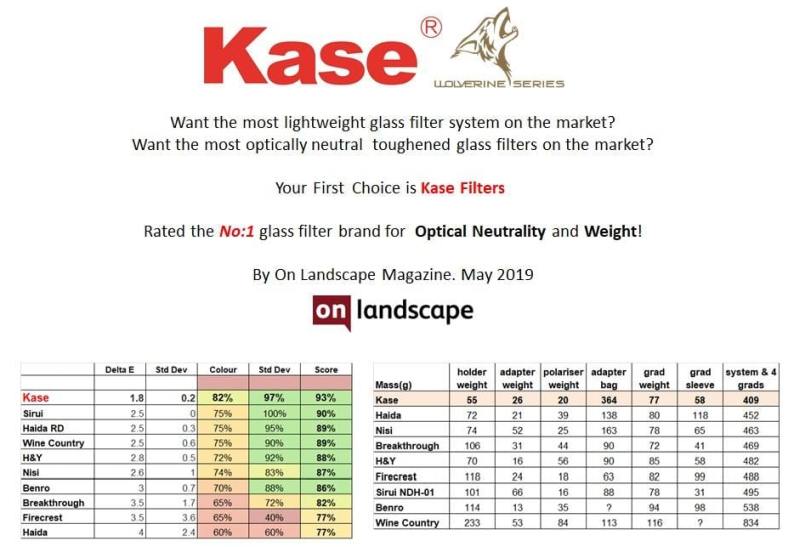
VIGNETTING IN GRADIENT FILTERS
It is very important that the filter has no vignetting and does not tend to darken the corners of the image, with KASE filters this problem does not exist having a fully compensated image in the entire filter area, this is extremely important in ND filters before long exposure photos.
KASE FILTER ANTI-REFLECTION COATING
The absence of reflections in a filter is very important since they can cause "flares" or flashes of light that are difficult to see in the viewfinder/screen of the camera and ruin shots that we may not be able to repeat.
OUR RECOMMENDATION
From DCAMARA and as experienced photographers, we recommend starting to work with a Medium ND8 filter, later it is recommended to have a KASE Inverse ND8 filter and a KASE Soft ND16 filter, having different transitions and densities to undertake all time landscape photos.
In our gallery you can see some examples of shots taken with KASE filters https://500px.com/hgonzag
The KASE range encompasses the following sizes:
- 100x100 are compatible with KASE Armour, K9/K8 filter holder and any 100mm filter holder on the market such as NiSi V5/V6, Haida M10.
- 150x150 are compatible with KASE K150 ultra-angle filter holders or any 150mm filter holder on the market such as NiSi S5, Haida M15.

